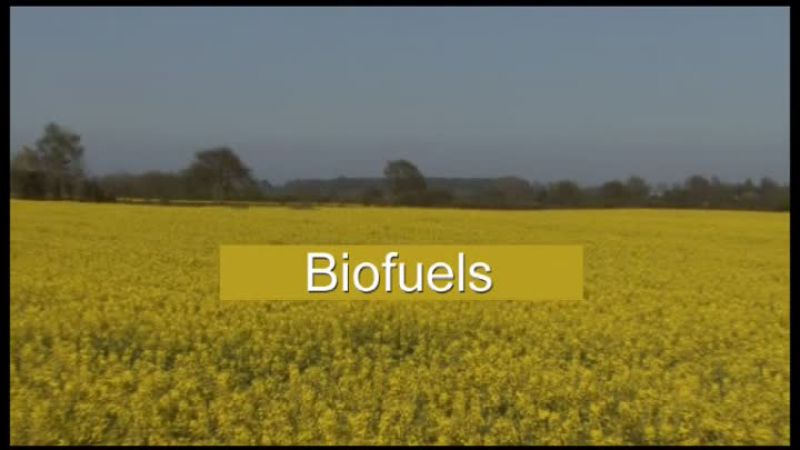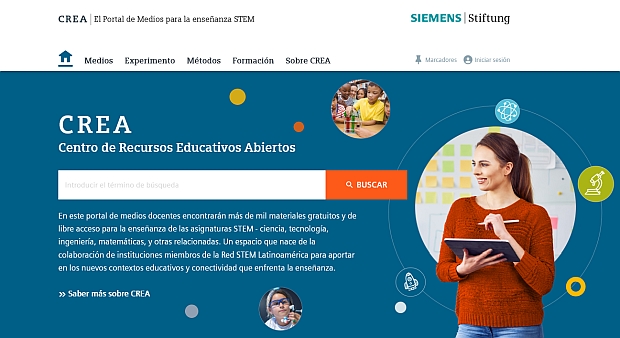On our plates or in our tanks – energy from biomass
Video
Video (01:29 minutes):
Presents the advantages and disadvantages of biofuels.
Verfügbar in:
Englisch, Deutsch
Medientyp:
Video (11,8 MByte)
Letzte Aktualisierung:
17.04.2019
Lizenz:

Dieses Medium steht unter einer CC BY-NC-SA 4.0 Lizenz.
Was bedeutet das?
So verweisen Sie auf das Medium

Dieses Medium steht unter einer CC BY-NC-SA 4.0 Lizenz.
Was bedeutet das?
So verweisen Sie auf das Medium
Medienpaket:
Beschreibung:
The video starts by describing the advantages of using biofuels. During photosynthesis, the same amount of carbon dioxide is “consumed” by corn, rapeseed, and sugarcane plants as is released when these plants are burned as fuel. The energy produced from biomass is therefore considered climate-neutral.
Nevertheless, the increased use of biofuels has negative consequences. Plants used for biofuel are no longer available as food, and the rising demand causes an increase in food prices. Two diagrams serve to illustrate the problem.
This video is an excerpt from the teaching DVD, „Das grüne Paradoxon – Warum die Erde wärmer wird".
Nevertheless, the increased use of biofuels has negative consequences. Plants used for biofuel are no longer available as food, and the rising demand causes an increase in food prices. Two diagrams serve to illustrate the problem.
This video is an excerpt from the teaching DVD, „Das grüne Paradoxon – Warum die Erde wärmer wird".
Lernobjekttyp:
Illustration
Fächer:
Geography
Klassenstufen:
Grade 5 to 6; Grade 7 to 9; Grade 10 to 13
Schultypen:
Middle/high school
Stichworte:
Biomass; Energy supply; Power generation; Renewable energy
Bibliographie:
Siemens Stiftung Media Portal
Urheber/Produzent:
MedienLB
Rechteinhaber:
© MedienLB/Siemens Stiftung 2017



